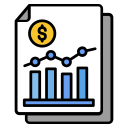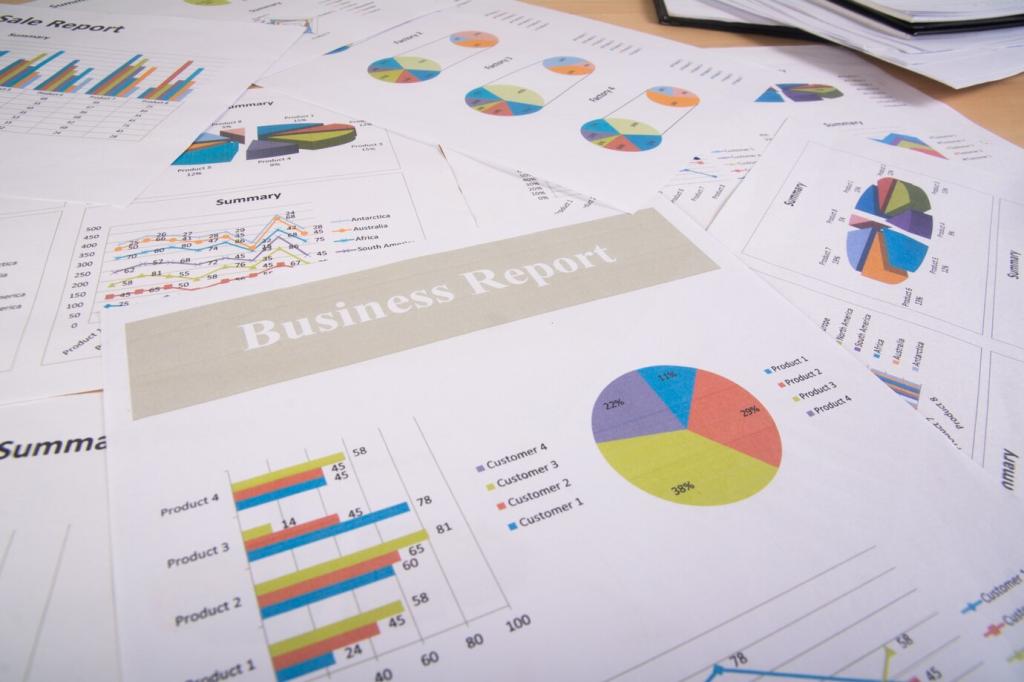Data Visualization and Story Packaging
Northern European outlets often opt for restrained palettes and clear baselines, minimizing chartjunk to prioritize comparability. In parts of East Asia, multi-panel infographics compress history, forecasts, and policy timelines into a single screen for context-hungry readers. Which style do your readers prefer, and how do you test comprehension without oversimplifying?
Data Visualization and Story Packaging
Across Latin America and parts of West Africa, daily radio segments translate macroeconomics into commutes and kitchen tables. Journalists practice plain-language analogies for interest rates and subsidies, inviting listener voice notes to surface real-life costs. Subscribe for a toolkit of metaphors that survived audience fact-checking and drove clarity.
Data Visualization and Story Packaging
Asian morning briefings often hit inboxes before markets open, prioritizing overnight futures, currency cues, and policy whispers. European weekend reads lean into long-form analysis with archival charts and expert interviews. Tell us when your audience prefers deep dives versus quick hits, and we will compare open rates by region.
Data Visualization and Story Packaging
Lorem ipsum dolor sit amet, consectetur adipiscing elit. Ut elit tellus, luctus nec ullamcorper mattis, pulvinar dapibus leo.




